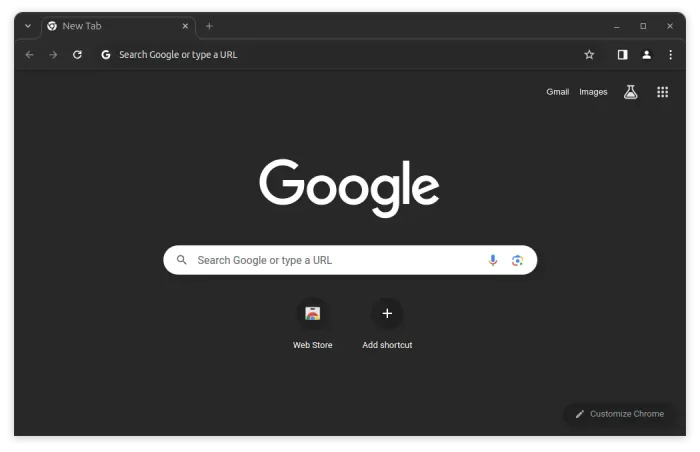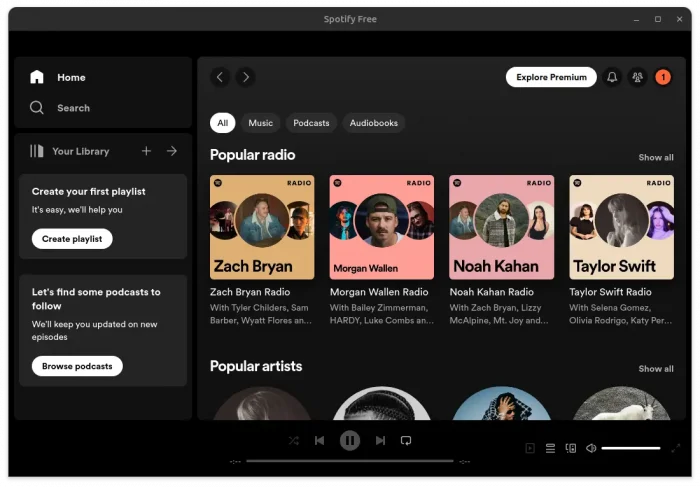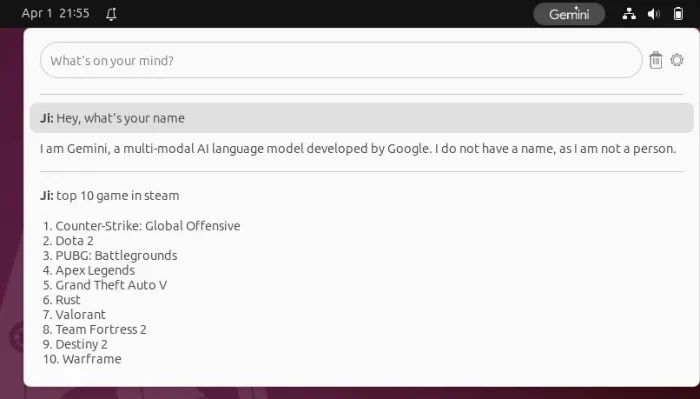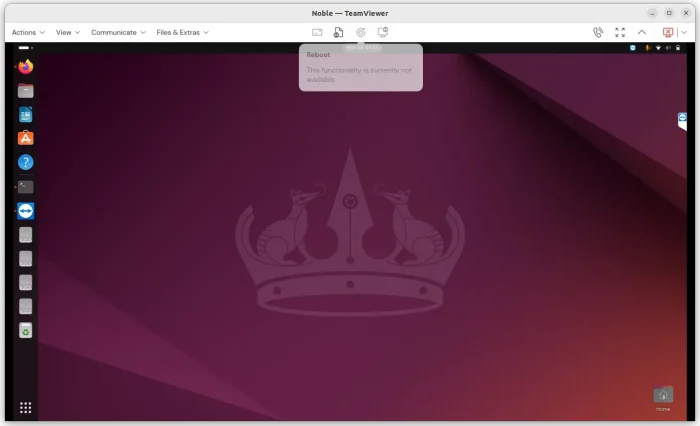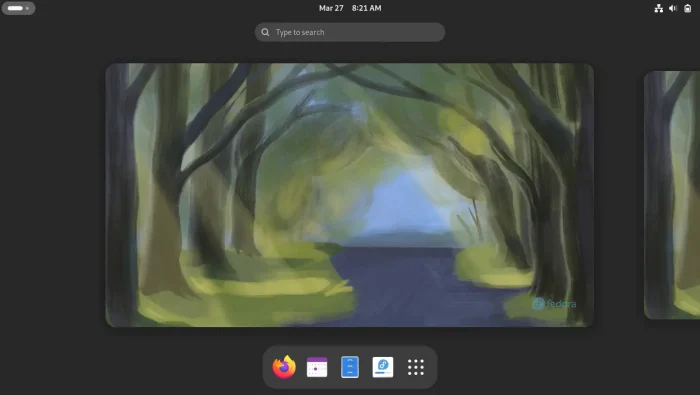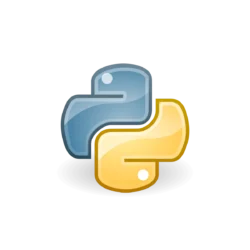This is a step by step guide shows how to install Google Chrome web browser and keep it up-to-date in Ubuntu 24.04 LTS and Ubuntu 25.10.
Google Chrome is the top popular web browser today. It is a proprietary software free for use. For those who prefer open-source, then Google also offers Chromium browser for choice.
Google Chrome is available to install in Linux on only Intel/AMD platform through 2 ways! They are:
- official and native .deb/.rpm package.
- unofficial community maintained Flatpak package, runs in sandbox environment.
Here I’m going to show you how to install the browser in both ways. Choose either that you prefer.




